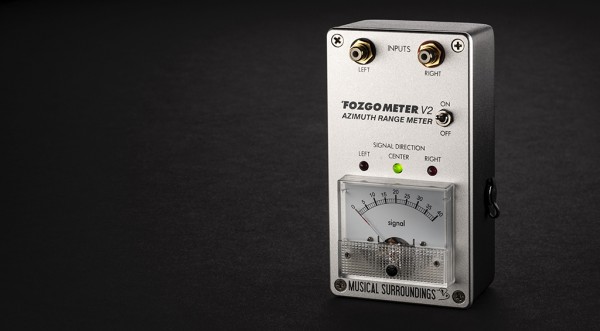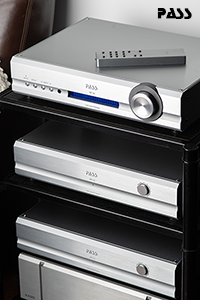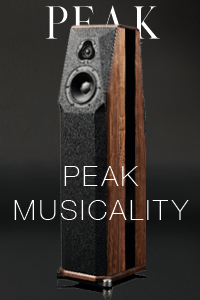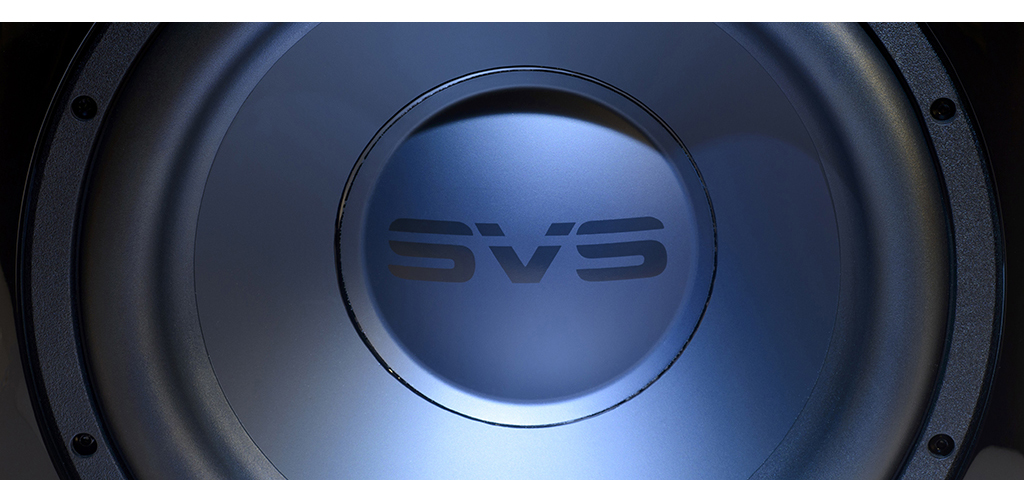 Here’s a twist for you. Normally, I’m always comparing cars to hifi gear. But not this time.
Here’s a twist for you. Normally, I’m always comparing cars to hifi gear. But not this time.
There’s a great burger place in my neighborhood called Killer Burger, that plays metal music most of the time and their burgers all have great names. My favorite burger is called “the fun guy.” That’s what the 1000 Pro series subwoofers are from SVS. The fun guy. Big fun.
If you haven’t heard of SVS, they aren’t far away. No other audio company is more ubiquitous in the world of social media. Not JBL, Not McIntosh Group. None of them come close. They are always doing cool product giveaways, group chats, instructional videos, and just plain entertaining stuff. They even posted a video the other day of the PB (ported) 16-Ultra sub knocking down a platoon of plastic army men with the bass ports. How cool is that?
I had to try this for myself, so I set up some army men and cranked up some Public Enemy through the PB-1000 we have here for review. About 20 seconds into “Fight the Power,” I’d slain them all. I told you that hifi should be more than charts and graphs.
Fun guys indeed
Billie Eilish’s recent release, Happier Than Ever, is full of deep, rumbling bass lines. It’s a testament to the SVS engineering team and production team’s prowess. These are some incredibly good subwoofers for $599 and $799 respectively.
Thanks to a 12-inch driver with a massive voice coil, and a 325-Watt Mosfet amp that gets the job done, whether you’re a music lover, movie goer, or both. If you have the space, and the budget, SVS gives you a $50 discount on a pair of SB’s and $100 on a pair of PB’s, free shipping, and they offer financing with Affirm. Top that with some of the best customer service in the business and you have no excuse for not having a system with serious bass extension.
The difference?
The PB-1000 Pro is the “ported box,” and the SB-1000 Pro is a “sealed box.” If you’re a new audio enthusiast, and aren’t familiar with the differences, the difference in enclosure makes for a different way to tune the woofer. A sealed box subwoofer doesn’t go quite as low as a ported box (all things pretty much equal as they are here) with the SB going down to 20Hz and the PB to 17Hz.
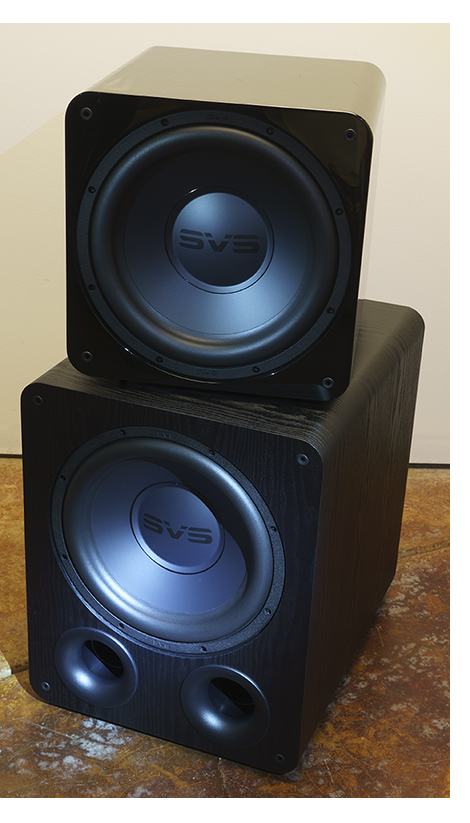 The bass characteristic of the ported PB-1000 Pro is a slightly looser and less defined, but a little more powerful. The SB-1000 Pro reproduces bass with a slightly taughter voice. There’s no better or worse here, but if you are watching more movies, you might prefer that extra bit of authority that the PB gives up when listening to bomb blasts, cannons, and the like. However, if you listen to more jazz, you might prefer the slightly more resolving presentation the SB offers when listening to a fretless electric bass, or a standup acoustic. It’s cool that SVS offers you the choice.
The bass characteristic of the ported PB-1000 Pro is a slightly looser and less defined, but a little more powerful. The SB-1000 Pro reproduces bass with a slightly taughter voice. There’s no better or worse here, but if you are watching more movies, you might prefer that extra bit of authority that the PB gives up when listening to bomb blasts, cannons, and the like. However, if you listen to more jazz, you might prefer the slightly more resolving presentation the SB offers when listening to a fretless electric bass, or a standup acoustic. It’s cool that SVS offers you the choice.
I listen to such a wide range of program material, I can have a great time with either. Not sure? If you have the extra room for the PB-1000 Pro, you can get port plugs (free of course, from the fun guys at SVS) and split the difference. This gives you the option to let the ports move a little more air when you’re watching your favorite movies, and plug them up when you’re feeling a little more audiophile-y.
Setup – part 1
Some people don’t realize that setting a subwoofer up for maximum bass extension, minimum upper bass bloat, and a seamless blend to your main speakers takes a bit of time to finesse. Those that blame “boominess” on the subwoofer, just don’t have them set up properly. That’s no fun.
Without the front grille, the SB-1000 Pro is nearly a 13” cube, making it easy to place just about anywhere. The PB-1000 Pro slightly larger, is about a 19” cube. You can find the full specs of both subwoofers here on the SVS site.
Working with both, in a side by side comparison, the first choice is always a corner placement if you can. Again, pay close attention to the transition from lower bass up through mid-bass and how it responds to your room. Find your favorite piece of music that has a lot of LF content that you are very familiar with. Get ready to play the track over and over, moving the box ever so slightly out from the corner until it no longer feels overly heavy.
Advanced setup
Should corner placement not work, go for placement up against the wall. Try starting about a foot away from the wall and do the same thing, though you will probably have to turn the level up a little higher. With 325 watts on tap, you can still pull this off with ease. If your room is reasonably symmetrical, do the same thing on the other side of the room.
Here’s what makes the 1000 series easier to use than the rest. In addition to their built-in DSP processing, they’ve made it something you can adjust from the convenience of your listening chair. This is awesome for two reasons: it’s a time saver and you can fine-tune the setup just right from your exact listening position. Just download the SVS app to your tablet or smartphone. I use this app with my PC-4000 and 3000 Micro subwoofers, and it’s a snap to use.
In addition to allowing you to set crossover frequency and level, the SVS app gives you a parametric EQ and the ability to save multiple setups. It’s like having the 1, 2, and 3 buttons on your car’s adjustable seats. Make it easy for different people or different moods.
The 1000 series can be wired with high level speaker connections, line level outputs from your preamplifier, or as a .1LFE channel for your surround/multichannel system. If that’s not convenient, you can add the SVS Wireless adapter. Of course, you can adjust all this from the rear panel of the subwoofer, but it’s so much more fun to do it from your phone!
If this feels a bit daunting, you can head back to the SVS website, where they have a number of great tips, and YouTube videos that will assist you in the finer points of subwoofer setup. These are well-executed, offering great information for audio enthusiasts at all skill levels.
Further advantages to the DSP
But the true advantage of DSP is that is gives you more placement options than subs that lack DSP. You can look at this two ways – the purist audiophile approach or what makes the most sense for your environment. We can’t always put speakers and subwoofers exactly where they need to sound perfect and let everything else fall by the wayside. Living your life comes first.
DSP will make up for nearly all of the room anomalies, getting you so much closer, and in some cases better without a lot of moving subwoofer(s) around. I still advise you to do as much physical optimization beforehand, but you’ll be amazed at the difference of your system’s sound before and after you run the DSP.
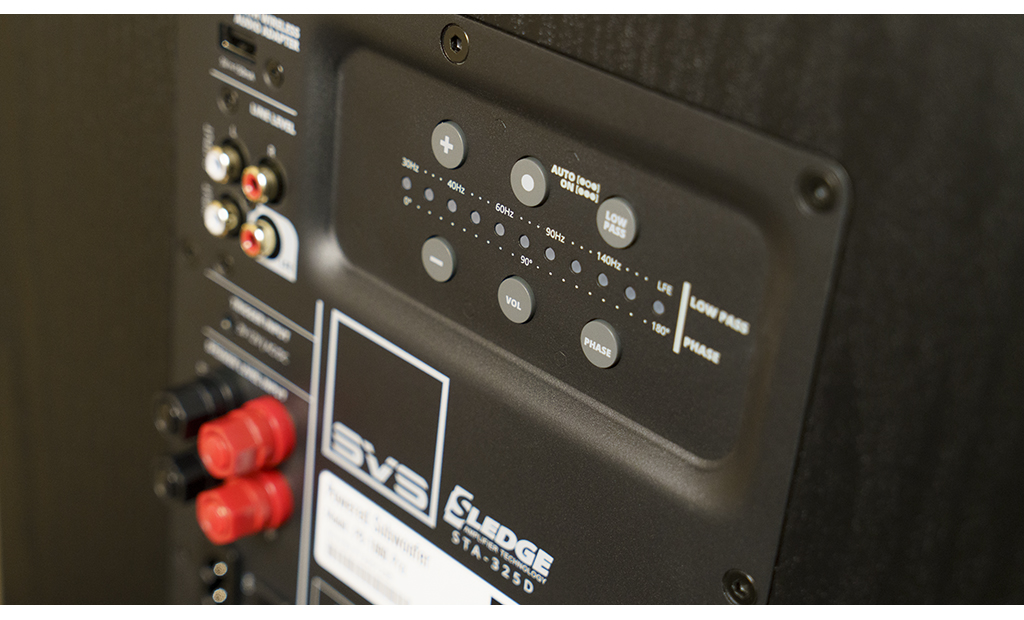 Thanks to said presets, if you happen to be an audio enthusiast that uses multiple speaker setups, or want to mix it up now and then, being able to store a few setups makes it a lot easier to engage multiple speakers. Using a pair of stand mounted monitors for a more intimate system, or perhaps swap for some large floorstanders, or drag a pair of Magnepans out? Easy, and I did just that, trying the 1000 series subs with a pair of small Maggies, a pair of Sonus faber Lumina 1s and a pair of Focal Arias. All were easy to mate with the SVS subs. I wouldn’t hesitate to use them with anything.
Thanks to said presets, if you happen to be an audio enthusiast that uses multiple speaker setups, or want to mix it up now and then, being able to store a few setups makes it a lot easier to engage multiple speakers. Using a pair of stand mounted monitors for a more intimate system, or perhaps swap for some large floorstanders, or drag a pair of Magnepans out? Easy, and I did just that, trying the 1000 series subs with a pair of small Maggies, a pair of Sonus faber Lumina 1s and a pair of Focal Arias. All were easy to mate with the SVS subs. I wouldn’t hesitate to use them with anything.
Final thoughts and listening
Hundreds of hours spent putting both subwoofers through extensive listening, with many different speakers proves them to be musical and of high quality. These are the easiest subwoofers to use on the market, and that’s as fun as hifi gets. Grab a pair of SVS 1000 series subwoofers and be the fun guy to everyone, except maybe your downstairs neighbors. Another Exceptional Value Award winner, to be sure!
The SVS PB-1000 Pro and SB-1000 Pro
Price: $799 and $599




